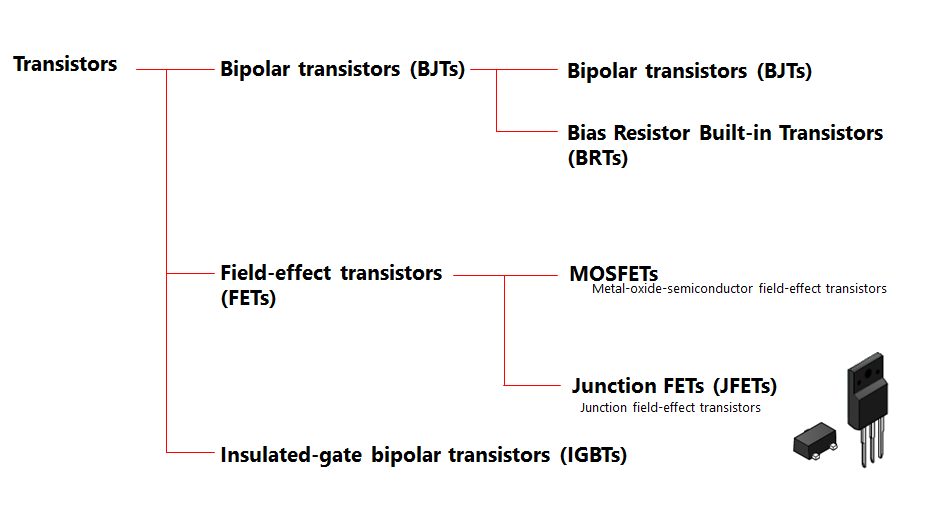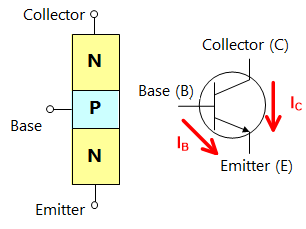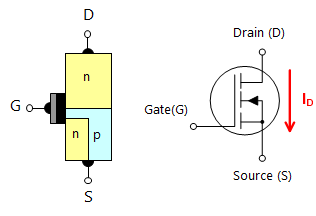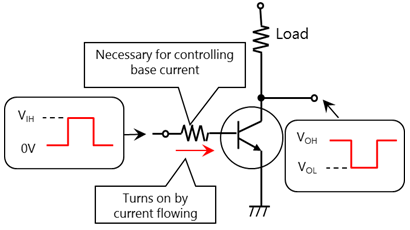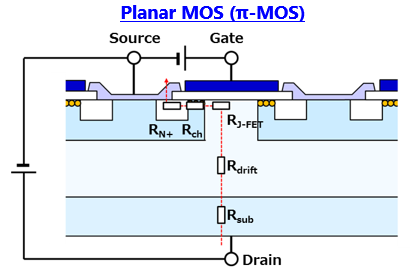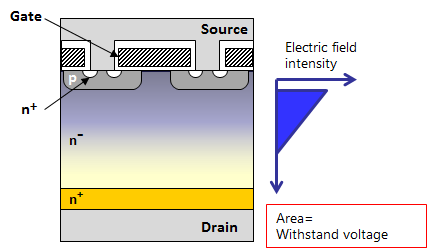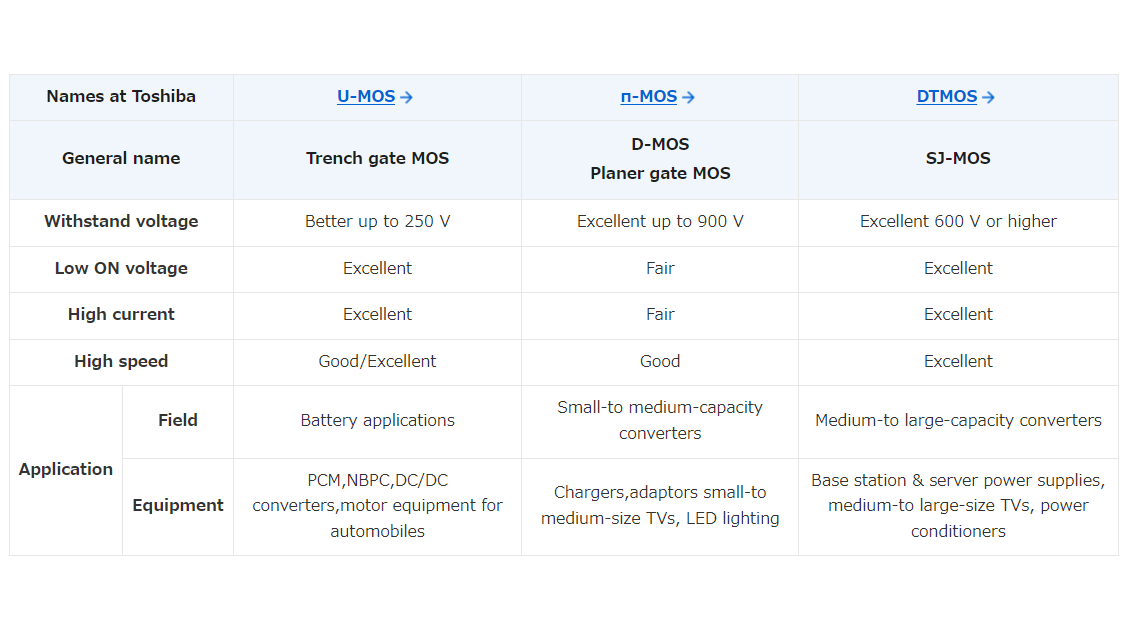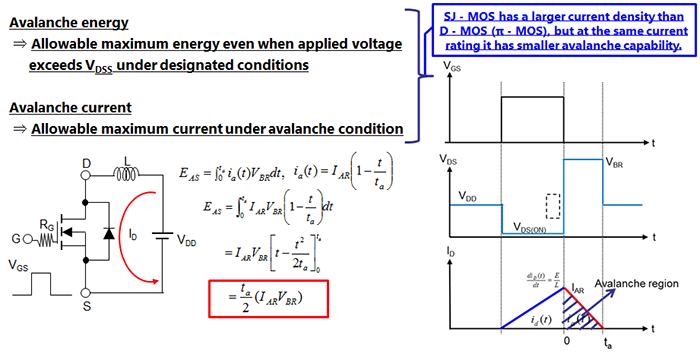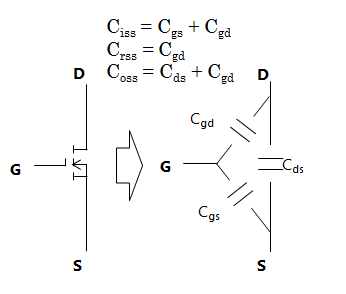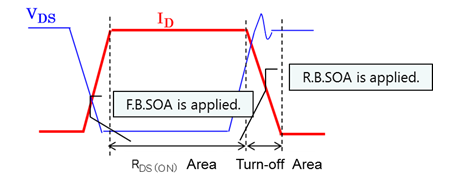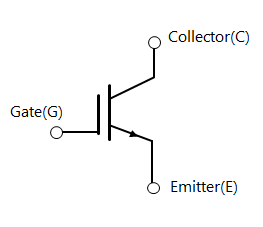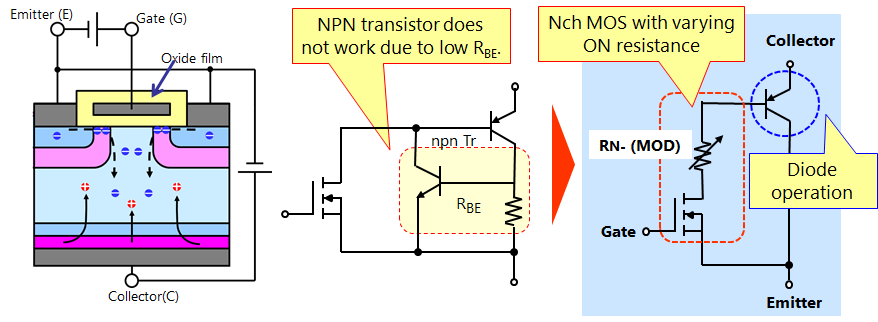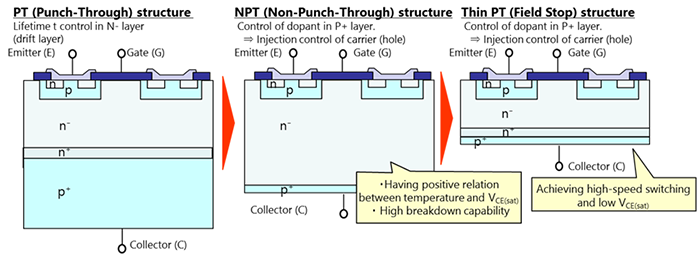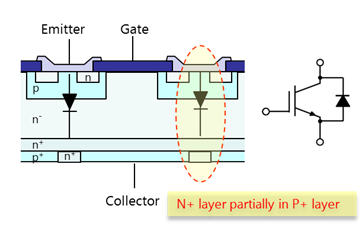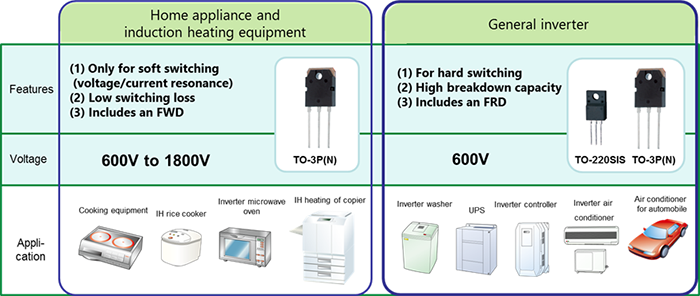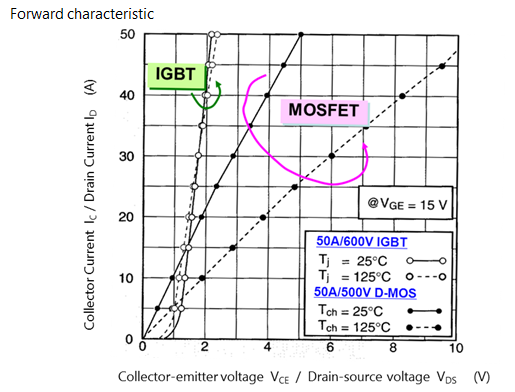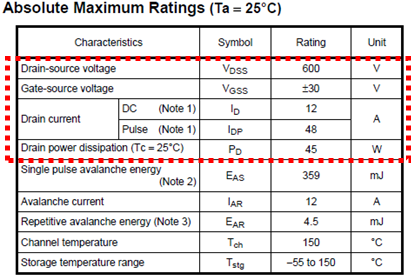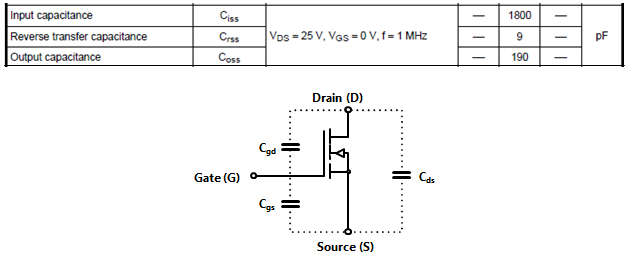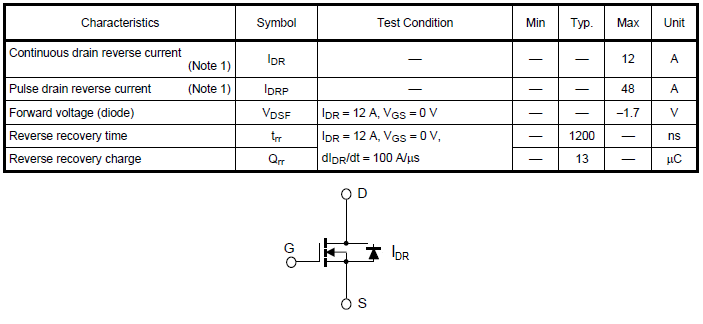- 型号 & 关键词搜索
- 交叉搜索
- 参数搜索
- 库存查询与购买
This webpage doesn't work with Internet Explorer. Please use the latest version of Google Chrome, Microsoft Edge, Mozilla Firefox or Safari.
请输入3个以上字符 Search for multiple part numbers fromhere.
The information presented in this cross reference is based on TOSHIBA's selection criteria and should be treated as a suggestion only. Please carefully review the latest versions of all relevant information on the TOSHIBA products, including without limitation data sheets and validate all operating parameters of the TOSHIBA products to ensure that the suggested TOSHIBA products are truly compatible with your design and application.Please note that this cross reference is based on TOSHIBA's estimate of compatibility with other manufacturers' products, based on other manufacturers' published data, at the time the data was collected.TOSHIBA is not responsible for any incorrect or incomplete information. Information is subject to change at any time without notice.
请输入3个以上字符
MOSFET的结构和工作原理
下载“第Ⅲ章:晶体管” (PDF:2.0MB)
我们将参照图3-6(a)来解释MOSFET的工作原理。
(1)在漏极为正极的漏极和源极之间施加电压。(漏极-源极电压:VDS)
(2)在栅极为正极的栅极和源极之间施加电压。(栅极-源极电压:VGS)
(3)其结果是,电子被吸引到栅极绝缘膜下面的p型层上,部分p型层转变为n型区(p型层中的n型区称为“反转层(沟道)”)。
(4)当这个反转层完成时,MOSFET漏极到源极将形成n层路径。
(n+⇔n-⇔ 反转层(n)⇔ n+)
(5)因此MOSFET在低电阻下工作,漏极电流由外加VDS和负载流决定。
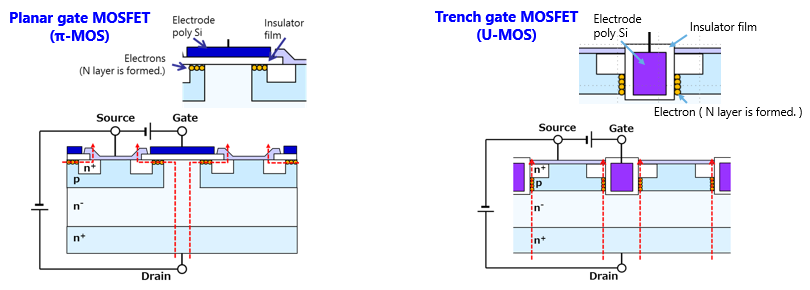
图3-6(a)平面栅极MOSFET的结构和工作原理
图3-6(b)沟槽栅极MOSFET的结构和工作原理
第Ⅲ章:晶体管
相关信息
- 产品
- 应用说明
- FAQ


